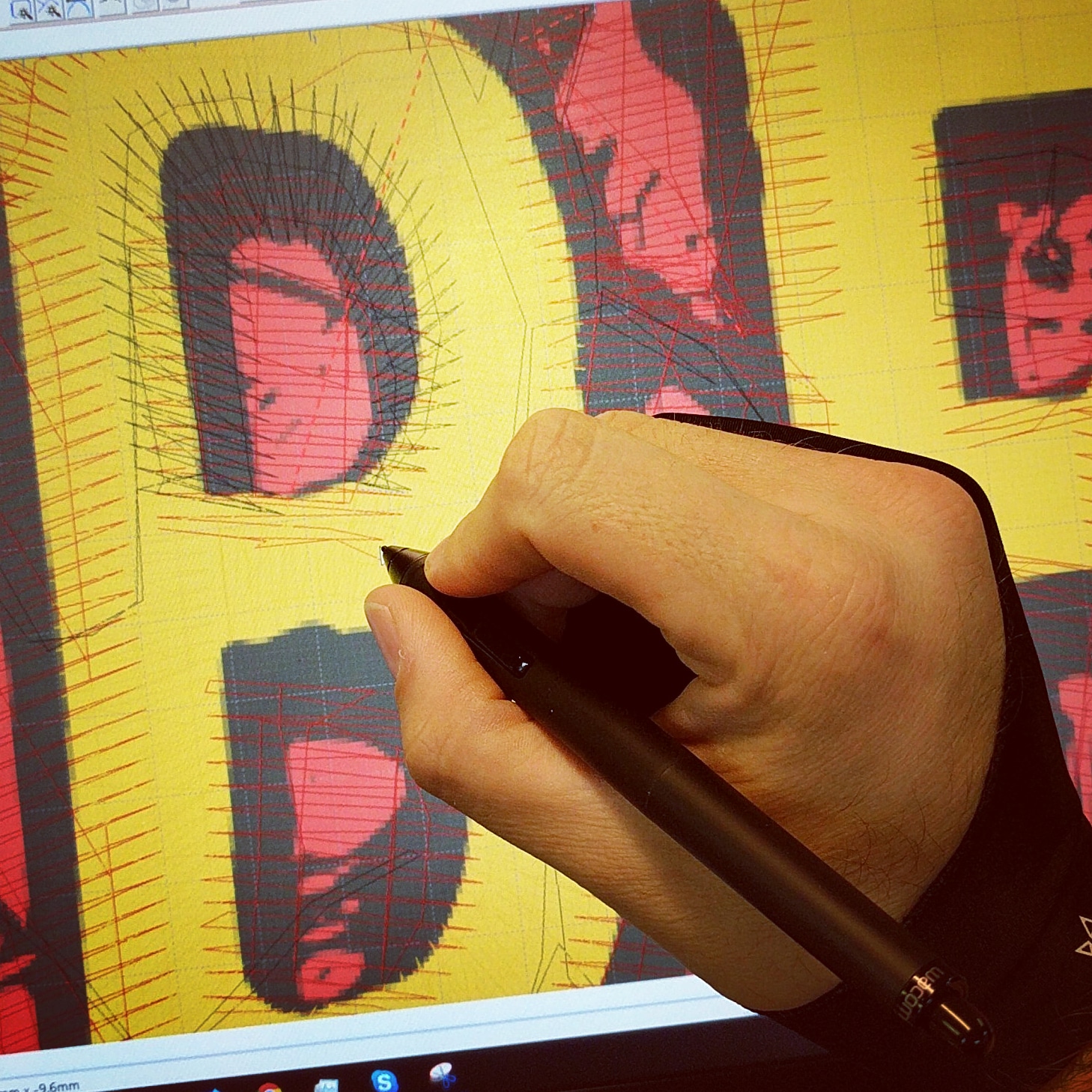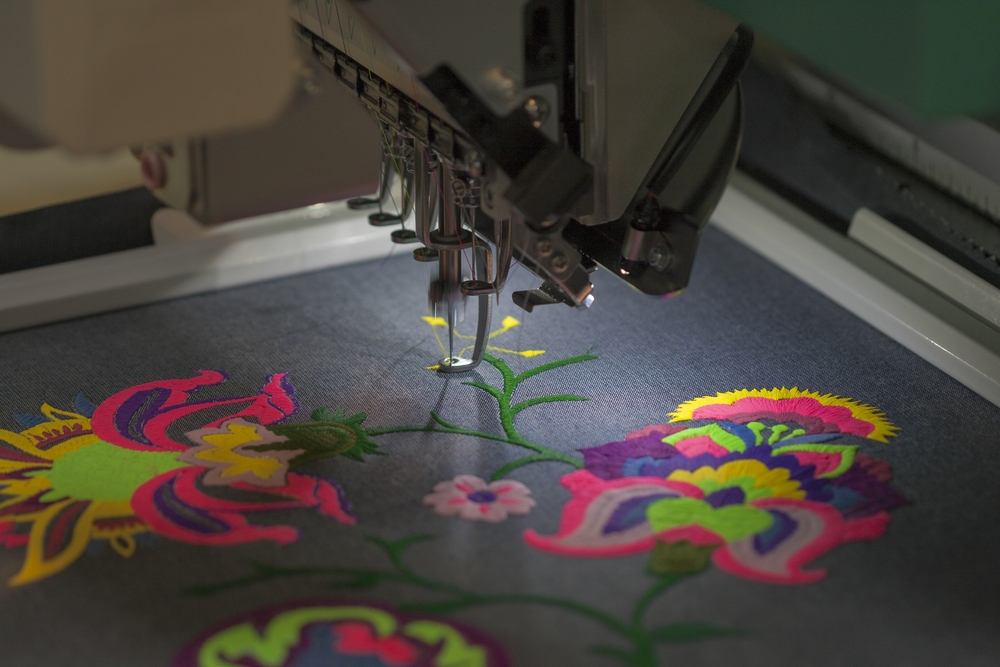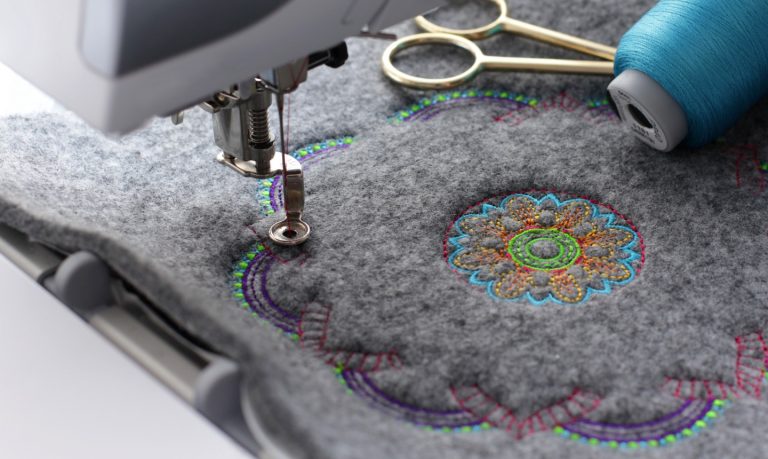Economical Digitizing for Embroidery: Precision and Detail
Economical Digitizing for Embroidery: Precision and Detail
Blog Article
Grasping the Embroidery Digitizing Refine: Your Ultimate Guide
Needlework digitizing is a careful craft that requires accuracy and know-how to equate intricate styles right into electronic styles for device needlework. As craftsmens start this journey to understand the needlework digitizing procedure, a detailed understanding of the fundamentals sets the foundation for excellence. Past the rudimentary knowledge lies a realm of sophisticated software application, specialized tools, and nuanced methods waiting to be checked out. By delving into the nuances of digitizing, one can unlock a world of creative possibilities and raise their embroidery jobs to brand-new elevations.

Recognizing Embroidery Digitizing Fundamentals
Embroidery digitizing basics form the foundation whereupon complex styles are translated into machine-readable layouts for accurate stitching. This preliminary action in the embroidery digitizing process is vital for making sure that the last embroidered product is a devoted representation of the initial layout. Recognizing needlework digitizing fundamentals involves understanding key principles such as stitch kinds, stitch direction, thickness, padding, and pull compensation.
Sew kinds play a crucial role in determining the aesthetic and textural end result of the stitched design. By choosing the appropriate stitch kind, whether it be satin, fill, or running stitch, digitizers can attain the wanted impact and improve the overall quality of the needlework. Furthermore, stitch direction influences the flow and dimension of the layout, while thickness figures out the spacing and protection of the stitches.
Additionally, rug stitching offers stability to the design by securing the material and stopping distortion throughout the needlework process. Draw compensation is an additional essential factor to consider to counteract the all-natural tendency of material to contract when stitched. Grasping these embroidery digitizing fundamentals is fundamental for producing professional-quality stitched products.
Selecting the Right Digitizing Software Program
Selecting the appropriate digitizing software application is a vital decision that significantly influences the effectiveness and top quality of the needlework digitizing procedure. Digitizing for Embroidery. When picking the best digitizing software application, it is important to consider elements such as the complexity of styles you prepare to produce, the user-friendliness of the software program, the degree of consumer assistance supplied, and the compatibility with your needlework equipment
There are various digitizing software options available out there, varying from fundamental programs for novices to innovative software program for specialist digitizers. Some preferred selections consist of Wilcom EmbroideryStudio, Hatch Needlework Software Program, and PulseID. These software packages provide a wide variety of tools and features to help you develop detailed styles with simplicity.
Before deciding, it is advisable to discover the various software application choices through free tests or demonstrations to identify which one finest suits Visit This Link your needs. In addition, reviewing evaluations and seeking referrals from knowledgeable digitizers can supply important understandings into the toughness and weak points of each software plan (Digitizing for Embroidery). By thoroughly evaluating your requirements and contrasting the features of different digitizing software, you can make an enlightened option that enhances your embroidery digitizing workflow
Digitizing Devices and Techniques

Optimizing Layout Setup for Needlework
Mastering the complexities of design settings is basic in attaining optimum cause the embroidery digitizing process, building upon the structure laid by recognizing digitizing devices and methods. When optimizing design setups for embroidery, it is vital to think about elements such as stitch type, thickness, rug, pull compensation, and registration. Sew kind choice impacts you can find out more the general feel and look of the style, with options like satin, fill, and running stitches offering various structures and effects. Thickness refers to the spacing and thickness of stitches, impacting the style's coverage and longevity. Appropriate rug sewing supplies stability and protects against material distortion, especially for intricate styles or on elastic materials. Draw payment adjusts for material stretch try this site during sewing, guaranteeing accurate layout duplication. Enrollment settings straighten different components of the style properly, preserving total layout stability. By fine-tuning these style settings, embroiderers can enhance the top quality and accuracy of their embroidered productions.

Troubleshooting Common Digitizing Issues
When coming across usual digitizing concerns during the needlework procedure, it is necessary to understand the source and implement efficient options promptly. One typical issue is stitch thickness issues, where stitches may be as well thick, creating the fabric to pucker, or also thin, leading to spaces in the style. Readjusting the stitch thickness settings in the digitizing software can assist solve this concern.
Another frequent difficulty is string breaks throughout the needlework procedure. This can take place as a result of various reasons such as incorrect tension settings, boring needles, or utilizing low-grade string. Making certain correct upkeep of the needlework equipment, consisting of regular needle changes and tension adjustments, can reduce the incident of thread breaks.
Additionally, style enrollment errors can lead to misaligned aspects within the embroidery design. Checking the design alignment in the digitizing software and making required adjustments before stitching can aid in preventing this concern. By resolving these usual digitizing issues quickly and properly, you can make sure a smoother needlework procedure and high-grade ended up items.
Final Thought
Finally, mastering the embroidery digitizing procedure needs a solid understanding of the basics, the appropriate option of software application, and knowledge of devices and strategies. Enhancing design setups and fixing common digitizing concerns are vital action in ensuring high-grade needlework results. By adhering to these steps diligently, one can attain precision and performance in the digitizing procedure.
Report this page